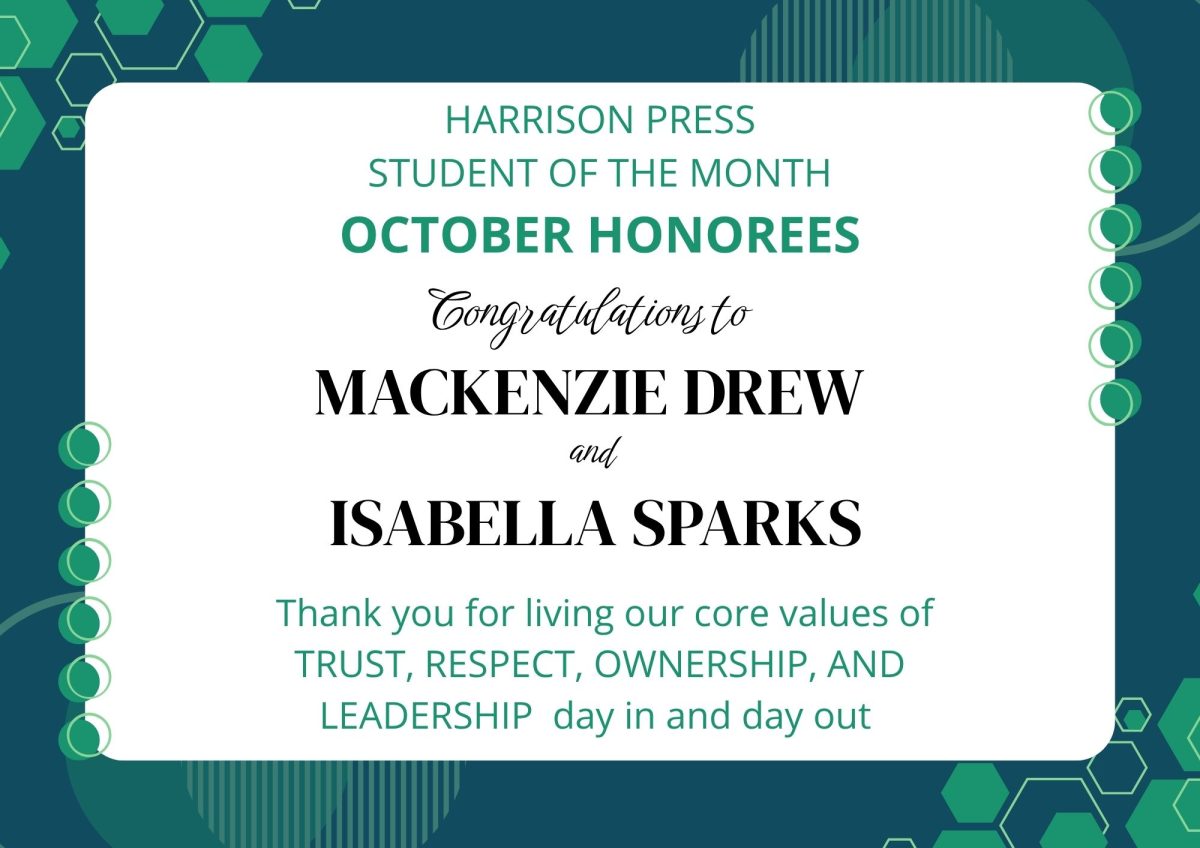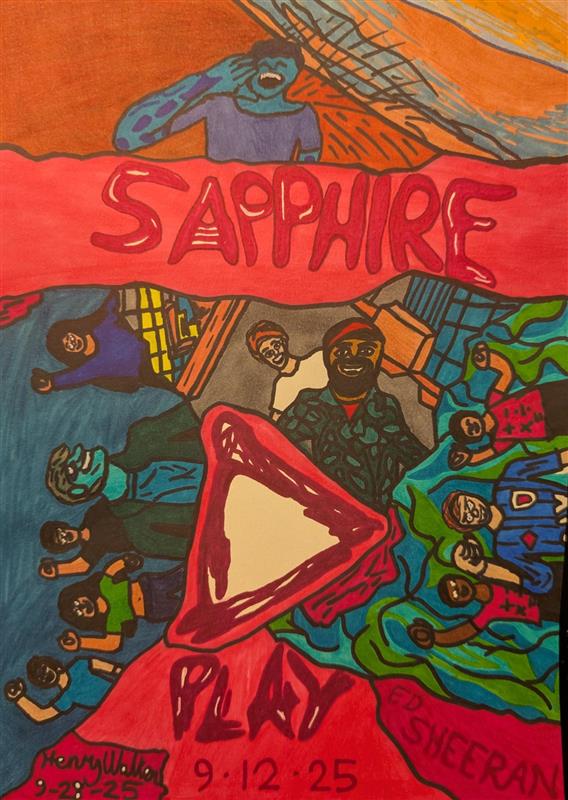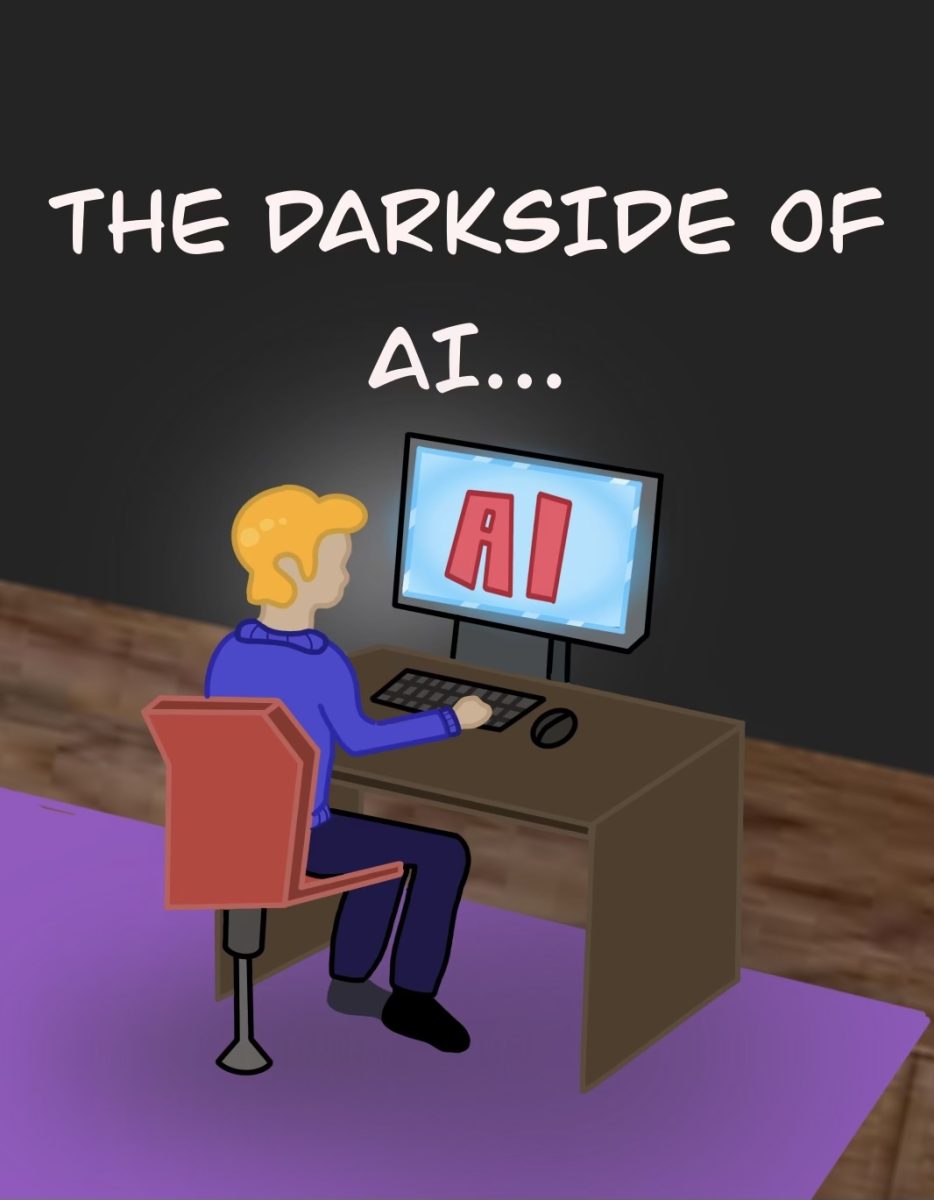In recent years, the development of Artificial intelligence has been expanding at a rapid pace and is becoming more relevant in many aspects of our lives. From ChatGPT to AlphaGO, AI has been booming in popularity. This has caused debates about the ethics of AI, if restrictions should be in place, and many other discussions. One of the more prevalent discussions is the use of AI in education.
Artificial Intelligence has a long history, dating back to the 1950s. According to Coursera’s article, The History of AI: A Timeline of Artificial Intelligence, Artificial Intelligence was first brought up not long after computers themselves were invented. Alan Turing first started brainstorming the idea of a machine that could progress past its coding, creating the popular “Turing Test,” which would show if a machine’s thinking is equal to a human’s. The American Association of Artificial Intelligence was founded in the 1980s and has now become the Association for the Advancement of Artificial Intelligence. Since then, AI has come a long way, now being able to generate images, music, and most importantly for school use, competent text generation.
With this new technology available, students across the world have been using it as a shortcut to complete assignments without actually doing the work. One of the most common ways students use AI in school is to generate essays. Despite this, teachers have found ways to detect AI writing. Jeffery Nienaber, an English teacher at Harrison High School, says it’s usually obvious if a student used AI to generate their work. If the work doesn’t use the student’s usual writing style and if the essay doesn’t look like someone within that grade wrote it, then they likely used AI. He then puts the essay in an AI detector like Turnitin to confirm if it was made with artificial intelligence.
However, there is also the factor of teachers being uncomfortable with Artificial Intelligence to consider. Not every teacher is uncomfortable with AI, in fact, a large portion of Harrison teachers advocate for AI’s use. However, there are some that don’t want to make use of it, or, more commonly, don’t know how. Nienaber said that teachers often “know that [Artificial Intelligence] can be used, but [they] don’t know how to use it.” But that doesn’t mean that educators need to be scared of AI.
In fact, there are many benefits teachers can gain from using AI, from shortening a heavy project and workload, to creating more interactivity for students, to highlighting a key element of the lesson. Robert Clark, an Information Technology teacher at Harrison High School said, “[Teachers] are not being assessed on our ability to write essays or learn math/programming concepts.” This brings up a solid test of whether or not AI should be used–if the purpose of the task is to get the task done, then AI is permissible. When the purpose of the task is to assess if you know how to do the task, AI shouldn’t be used. If teachers choose to use these tools to do the many tasks that need to be done, they will shorten their time on menial tasks that they don’t need to focus on. The teachers just need to be open to the ideas and learn how to engineer the prompts.
Teachers aren’t alone in swift adaptation for Artificial Intelligence and learning how to use it. The administration is also making its own changes and working to help teachers. SLSD assistant superintendent Corinne Hayes said “In our district, we have offered professional development for teachers regarding some great AI tools.” This support from the district’s administration can help make our teacher’s transition to being fluent in this technology easier. There’s also some focus on the change within the whole district, with Hayes adding “…we currently have a group of educators going through an AI Leadership Cohort to try and stay on top of the trends and latest educational technology tools.” With this progress, our education system could be changed drastically with vast, wide-reaching implementation of Artificial Intelligence.
That isn’t to say that only teachers benefit from the use of Artificial Intelligence. Students can also gain an advantage from using AI, as long as they’re using it appropriately. There are many options for students to use AI in a beneficial way, like using it to brainstorm and generate ideas, organize thoughts, and summarize something confusing to themself.
However, they do need to use it properly, but as Nienaber points out, “If we don’t teach kids how to use [Artificial Intelligence] appropriately, they will use it inappropriately,” says Nienaber. Even with the current stigma, Nienaber says educators need to be open to it and teach their students how to use it properly. He also emphasizes the idea that teachers need to educate on proper AI usage, or they would be failing their students. One important aspect of this is something Hayes is acutely aware of, her repeatedly saying “anything created by AI needs to be reviewed for accuracy and refined for originality.” This progress is very necessary, after all, as Clark rightly asserts, “As long as civilization does not collapse, computers and AI will always be an instrumental part of our lives.” Without properly preparing the next generation for the future, or even the present, teachers will fail them, because those features will always exist, now.
Whether or not the rise of Artificial Intelligence is for better or for worse for society, it is apparent that it is going to continue existing in our lives and continue to advance. It will not only impact education, but our lives as a whole. Therefore, schools need to become more comfortable with using, and teaching the use of, AI.






























